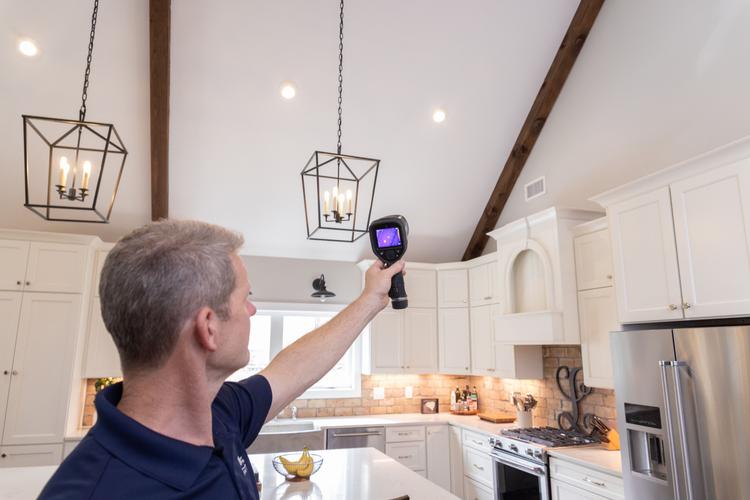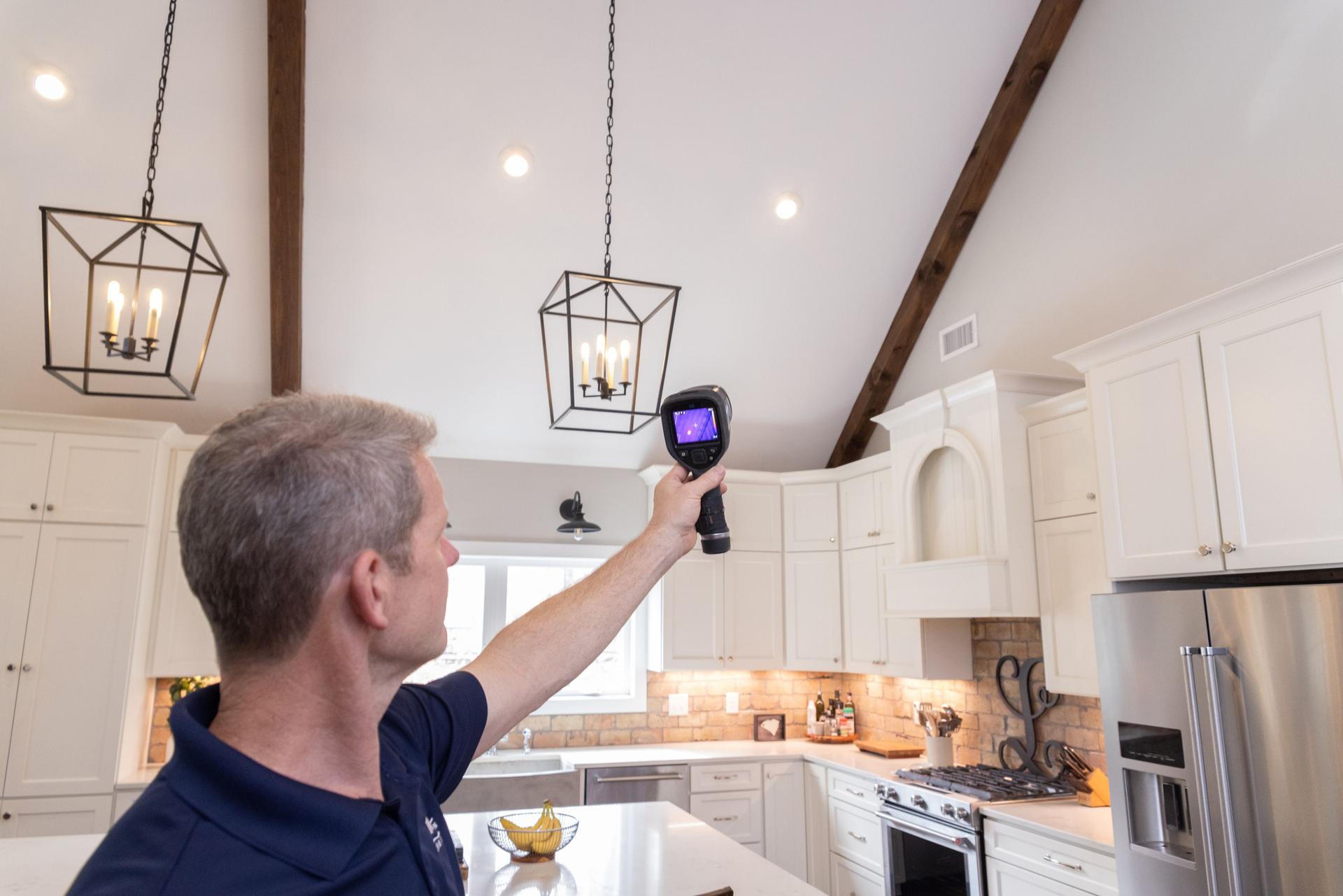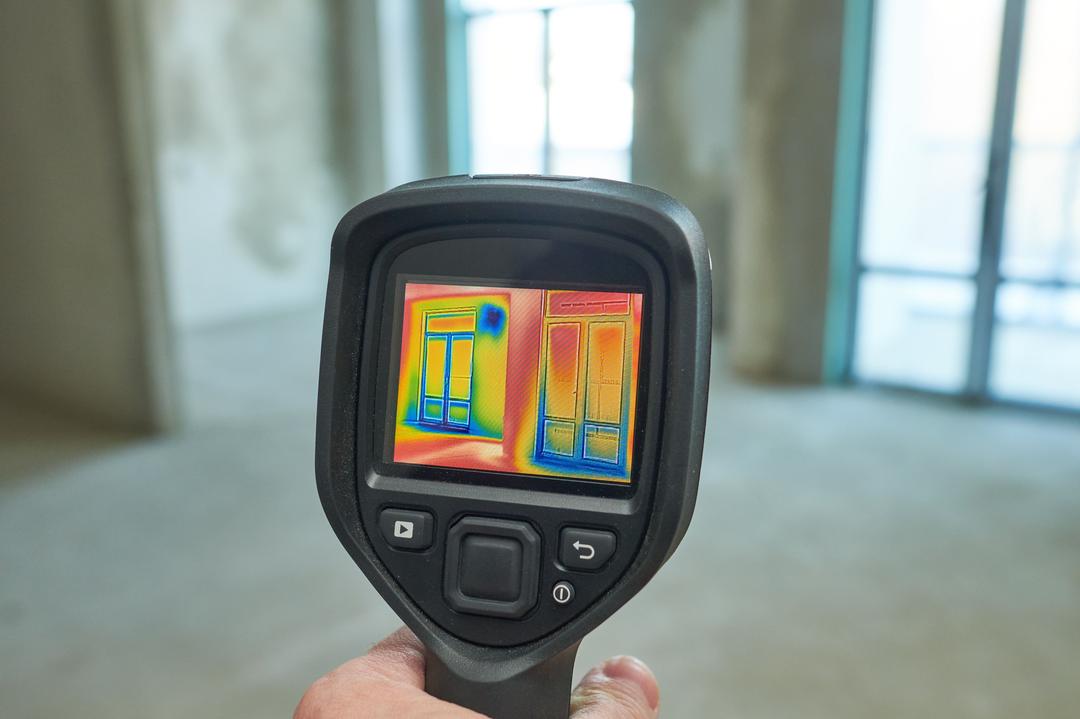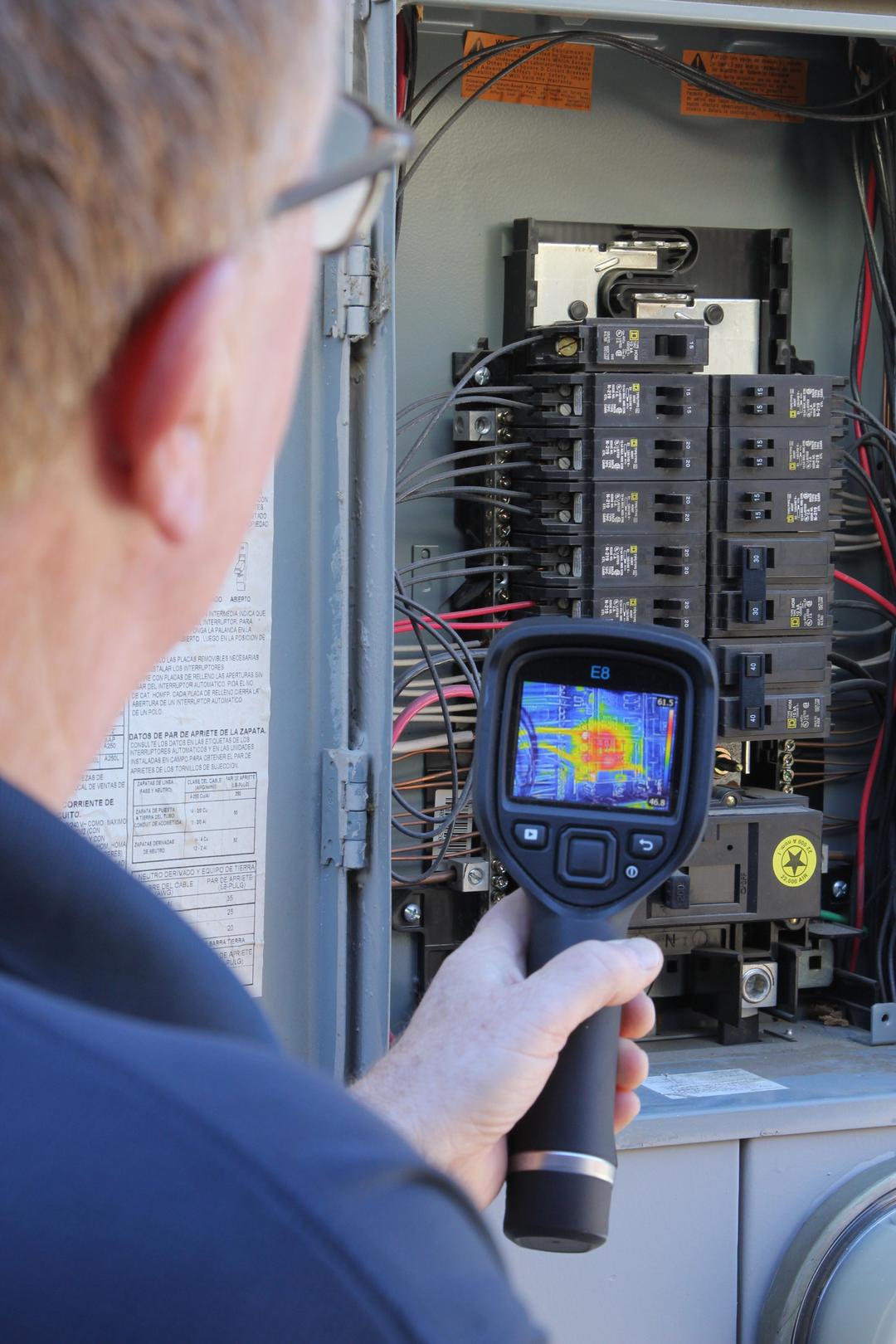30%
Of elusive air leaks in doors, windows, exterior outlets, and ducts can be discovered with an IR Scan.
9 in 10
Homes in the U.S. are under insulated, leading to higher energy bills.
50%
Boost in Full Home Inspection efficiency when paired with an IR Scan.
Hidden Moisture, Electrical Hazards
50% of U.S. homes have mold issues mostly due to undetected moisture.
Why Get an Infrared (IR) Scan with WIN?
Many homeowners are unaware of the potential safety hazards and energy inefficiencies within their homes. An Infrared (IR) Scan uses advanced thermal imaging to detect differences in temperature around the home, which signify electrical hazards, high moisture levels, missing or damaged insulation, and air leaks. An IR Scan can help us see what our eyes can’t, uncovering health and safety hazards that when addressed, help you create a safer living environment and protect your investment.
Benefits of a Infrared (IR) Scan
How Does an Infrared (IR) Scan Work?
At WIN, we utilize specialized equipment to measure temperature variations in your home and detect hidden anomalies in your walls, floors, ceilings, and electrical panels.
STEP 1
Scan the Home
Your inspector will face the thermographic scanner at different components of your home and scan.

STEP 2
Read the Scanner

STEP 3
Detect Anomalies

STEP 4
Receive a Detailed Report

Clients also searched for
The WIN team was very detailed, informative and professionally done. It saddened me to see the leaks and other such concerns that were found. However, I'm super glad they found these things as not to cause my son issues, heartache and financial ruin later.... Read More
The inspection was scheduled & completed very quickly less than 48 hours. The inspector was very thorough and very professional. The inspector uses a FLIR camera to detect leaks in air ducting & find any hot spots in the house that could possibly be... Read More













